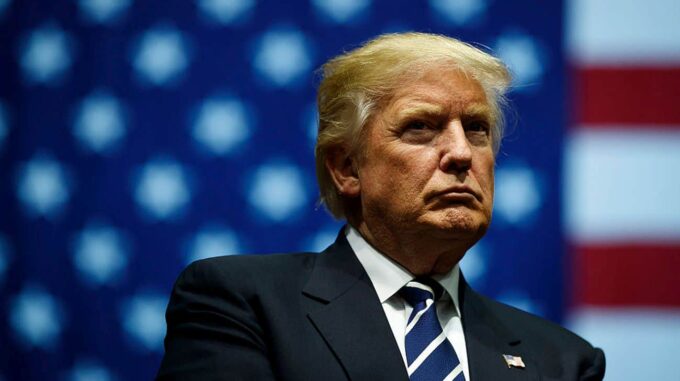CNN Reveals New Details: What Donald Trump Really Worried About Before Making the Decision to Strike Iran

The American network CNN has published detailed information about the internal thoughts and concerns of then-President Donald Trump regarding plans for a military operation against Iran. According to sources close to the administration, the White House chief was guided by two main considerations: ensuring that the strike would destroy key Iranian nuclear targets and avoiding a prolonged and uncontrolled war that could threaten American interests and the lives of U.S. military personnel. It has been several years since those tense days, but CNN’s revelations shed new light on that complex story. High-level government sources indicate that the Trump administration made significant efforts to conceal its plans for future strikes. It turns out that the official announcement, claiming that the president took about two weeks to make a final decision, was a political tactic — aimed at creating an impression of deliberation and caution, while in reality, the preparation process for the strikes was much quicker and more intense. Just before the decision was made, on Saturday, Trump reportedly finalized his choice. It is well known that starting in early June, when CIA Director John Rattcliffe informed Trump about Israel’s readiness to strike key Iranian targets, the issue of active military responses began to be actively discussed among top officials. The president’s advisers had already developed various scenarios and strategies, and choosing a specific plan was a matter of weeks. At that point, discussions also included the possibility of the U.S. joining Israeli forces in the operation. Consequently, in February–March, on the eve of the foreign policy operation, Trump’s team was deeply engaged in working out the details. During this period, the U.S. president held daily briefings with the national security team to discuss the intricacies and risks of the upcoming strike. It is known that a city, as well as an underground enrichment plant in Fordo — one of the targets — was under particular scrutiny. Trump’s main concern was not only about destroying well-fortified and seemingly impregnable Iranian sites but also about preventing the scenario where response actions to such strikes would develop into a long and exhausting war. High-ranking military officials and intelligence experts assured him that U.S. bombers capable of destroying underground bunkers had sufficient power to achieve the objectives. Chairman of the Joint Chiefs of Staff General Mark Milley stated on Sunday that preliminary assessments are extremely encouraging — the strikes have already caused “significant damage to the targets,” but it will take a few days to fully assess their impact. At the same time, a key concern remained — what would Iran’s reaction be and whether such an operation could lead to a larger confrontation. Sources mention that during conversations with senior officials, Trump was particularly worried about potential consequences, including the risk of prolonged hostilities where the U.S. might find itself unprepared or lacking the time resource. Information suggests that on the eve of the final decision, on Friday and Saturday, Trump publicly stated that he did not yet have an approved position on the strikes, while his team hinted at the likelihood of a quick decision. Some reports indicate that a “warning signal” was sent through covert channels to Iran, informing them that the upcoming U.S. action would be limited and aimed solely at destroying key nuclear facilities, with no intention of initiating a full-scale conflict. Later, on Saturday evening, after the strikes were carried out, Trump delivered a speech warning Iran about the possibility of even more severe and “much stronger” responses in the future if Tehran took retaliatory actions. The president’s public and internal communications, his statements about potential future strikes, reflect the complexity and unpredictability of the White House’s policy during this crucial moment in the Middle East conflict. Meanwhile, various sources suggest that the decision-making process was tense and heavily influenced not only by military capabilities but also by political considerations, risk assessments, and possible consequences — making the situation even more complicated and unpredictable. These new details deepen our understanding of how the historic but highly risky decision to potentially undertake a military strike against Iran was made. Although official actions were kept hidden from the public, internal processes and the balancing of interests remained in the shadows for a long time, likely shaping the character of those events during that tense period.

